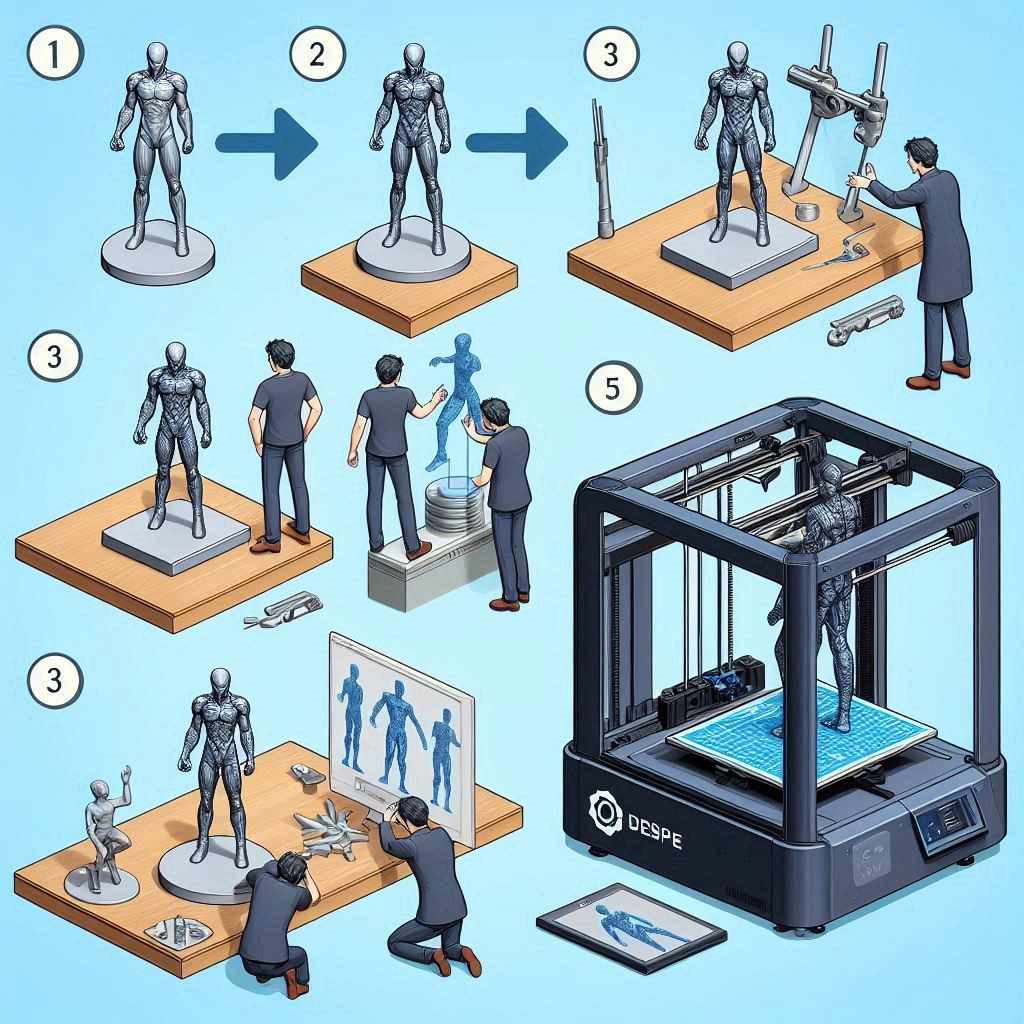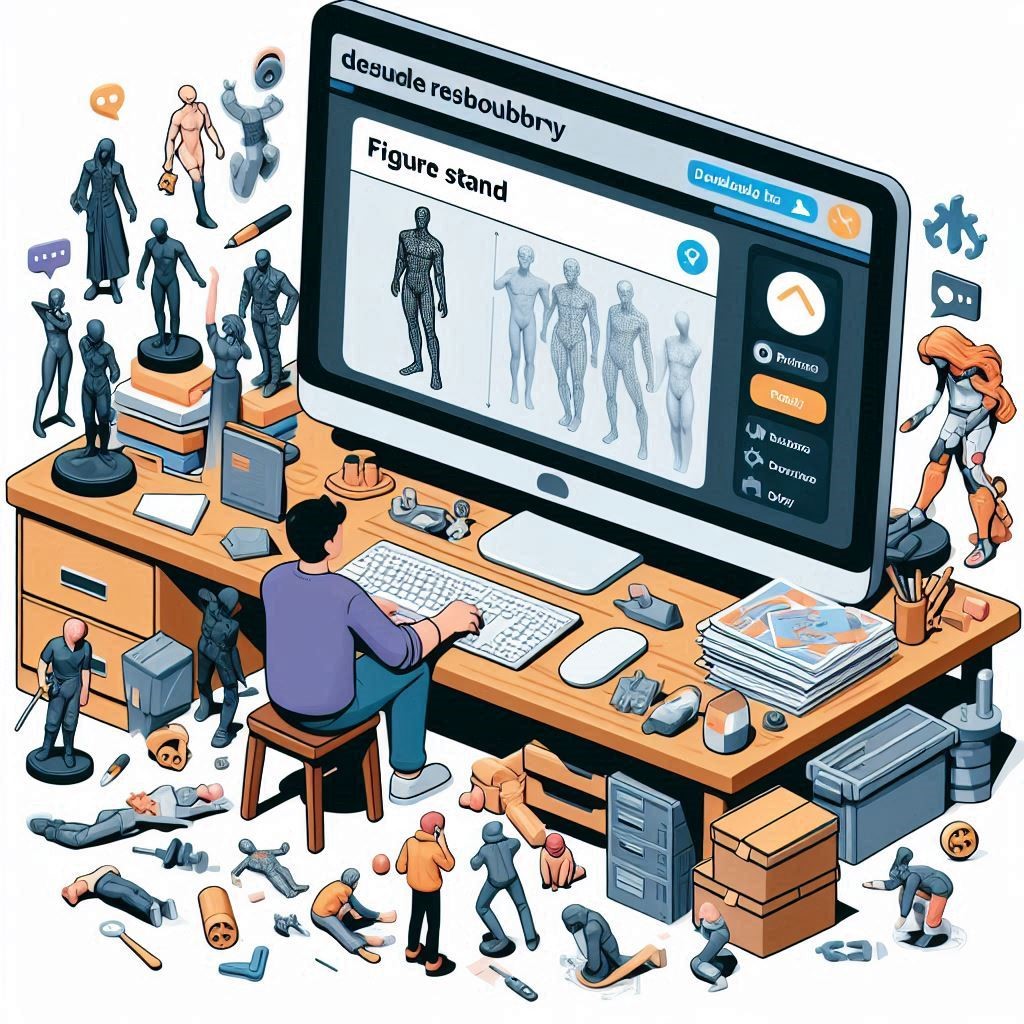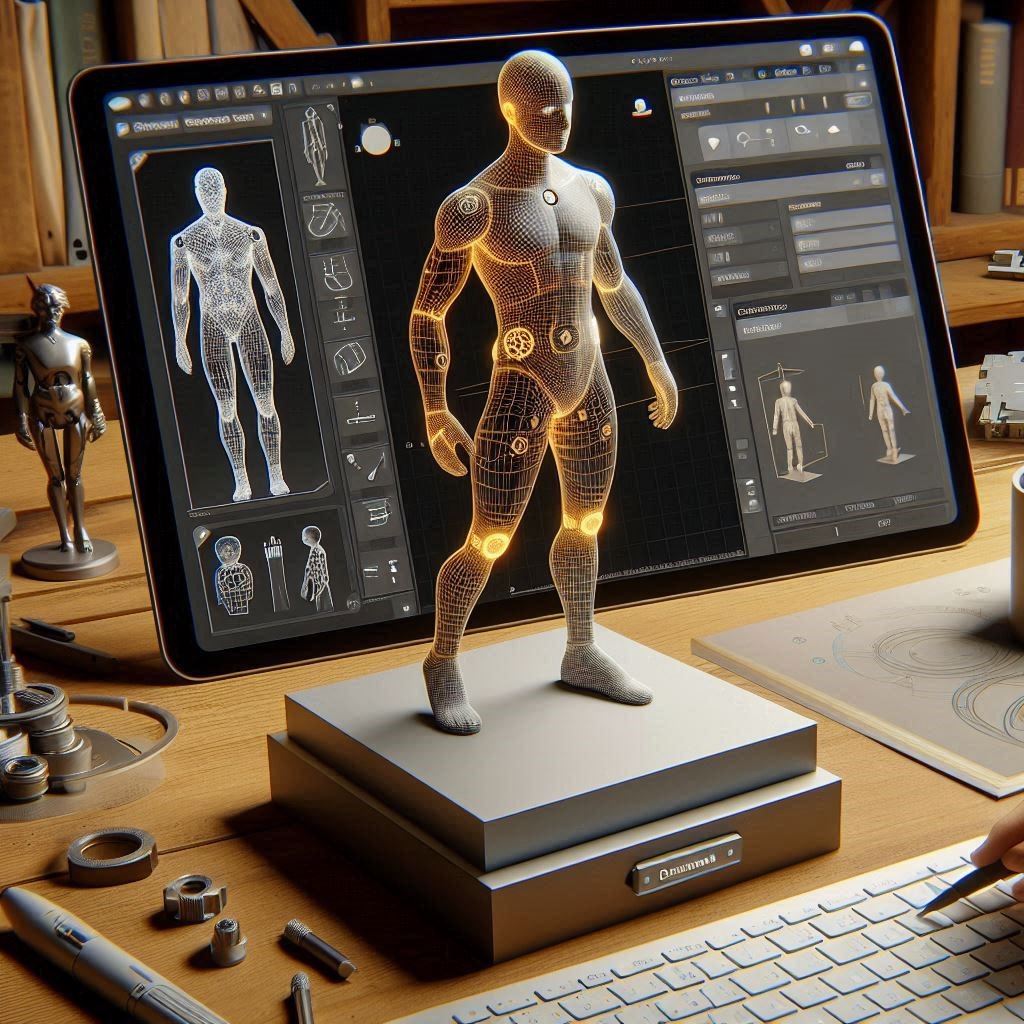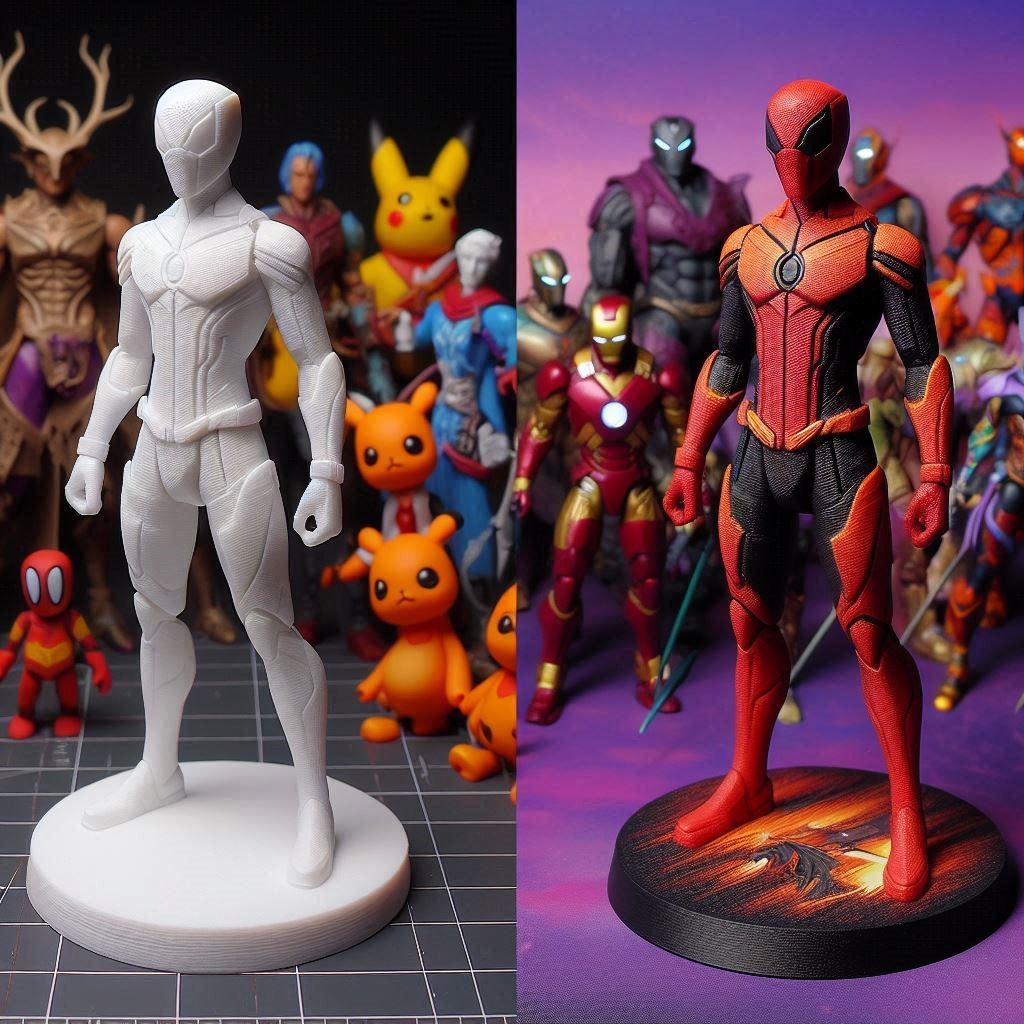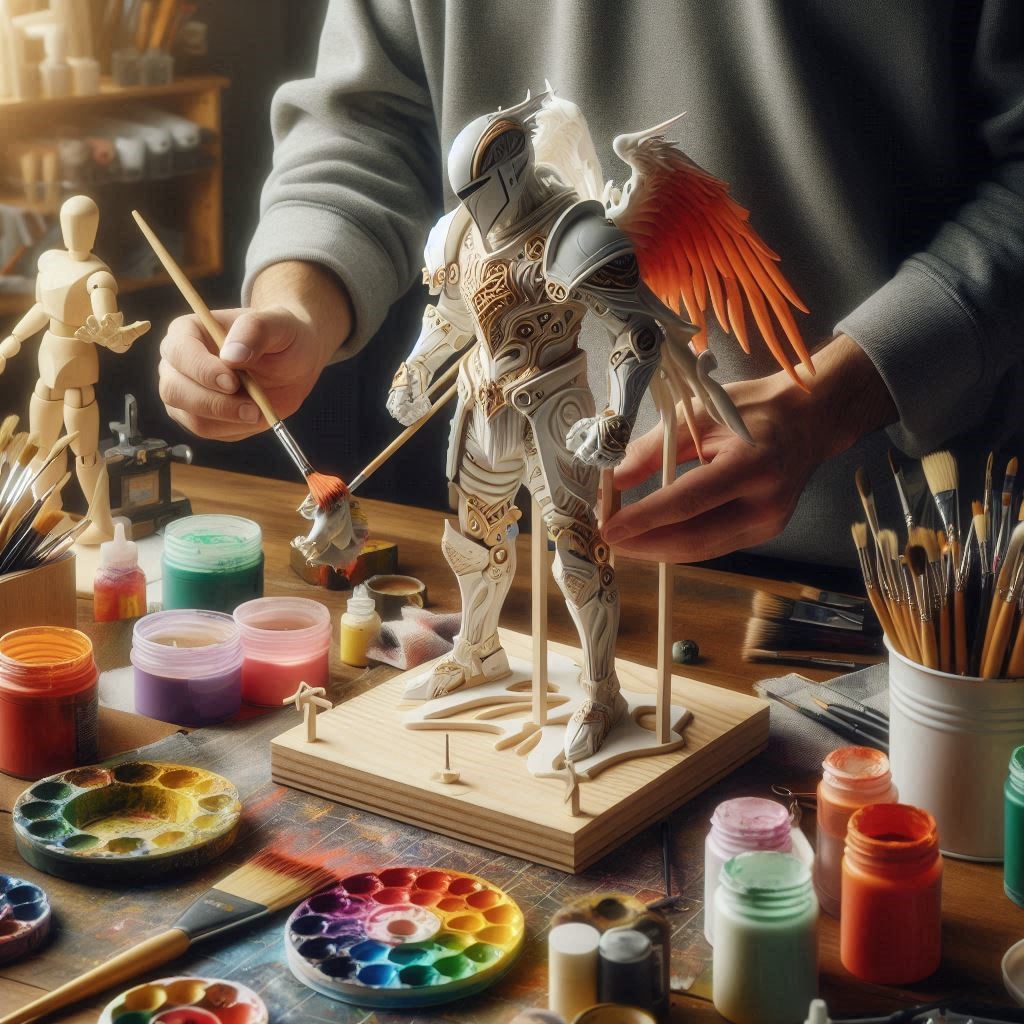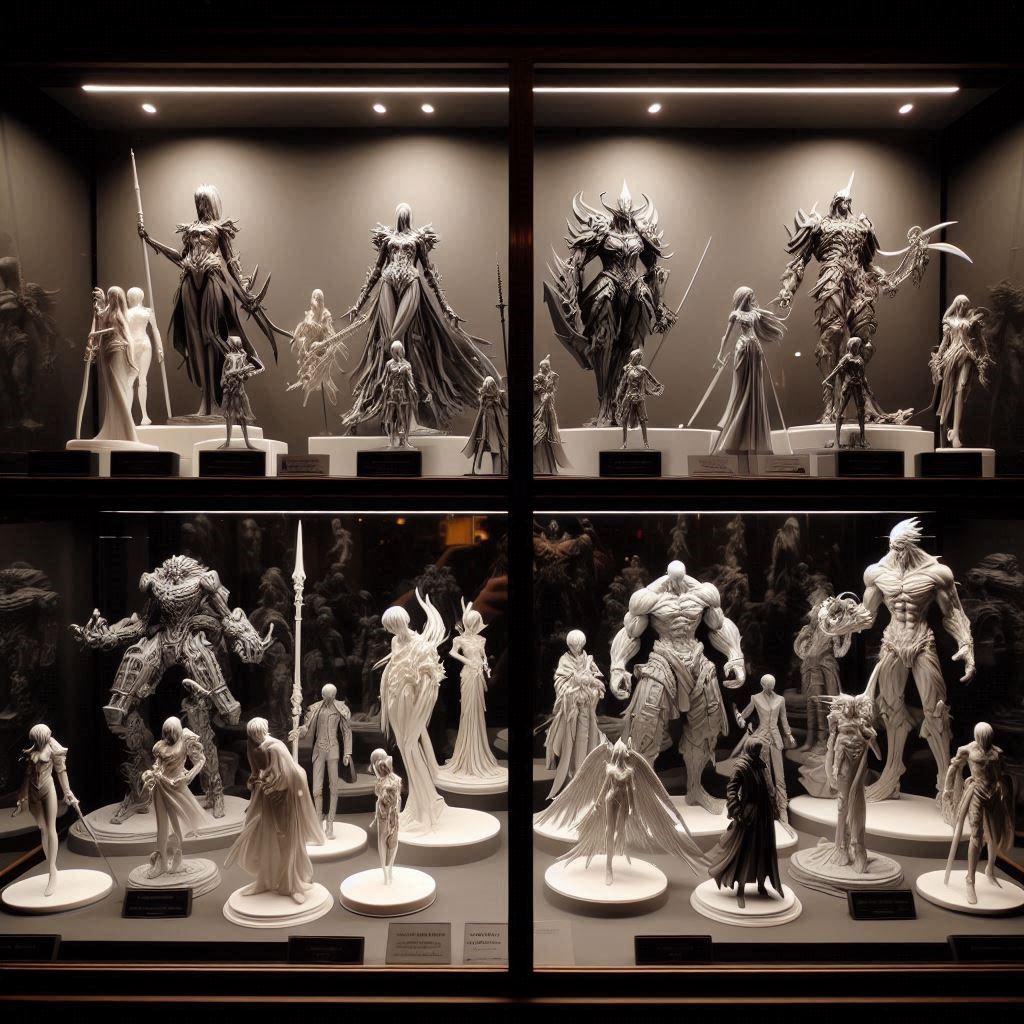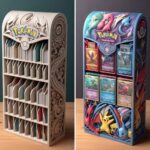In the ever-evolving world of collectibles, displaying figures effectively can elevate the entire experience. Whether you’re a tabletop gamer, an anime enthusiast, or a general figure collector, having a sturdy and aesthetically pleasing stand is essential. With the advent of 3D printing, creating custom figure stands has become accessible to everyone, allowing for creativity and personalization. In this guide, we will explore the benefits of 3D-printed figure stands, where to find and download designs, and tips for printing and customizing your stands.
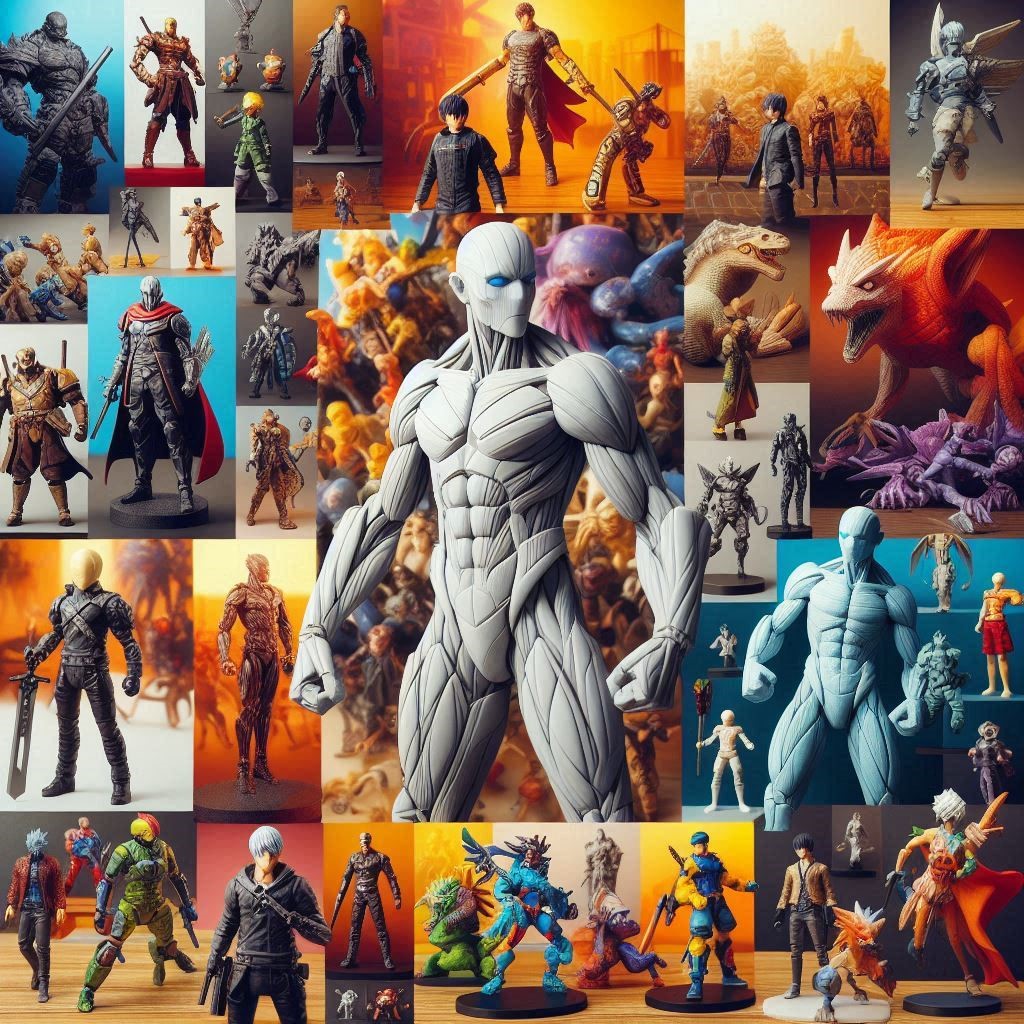
Why Choose 3D-Printed Figure Stands?
1. Customization and Personalization
One of the biggest advantages of 3D printing is the ability to customize designs to fit your specific needs. Off-the-shelf stands may not accommodate every figure, especially if you have a diverse collection. With 3D printing, you can adjust dimensions, styles, and colors to create a stand that perfectly fits your figure. This level of customization not only ensures a better fit but also allows you to express your personality through your display.
2. Stability and Support
Many commercially available stands are made of flimsy materials that may not provide adequate support, especially for larger or heavier figures. A well-designed 3D-printed stand can offer enhanced stability, keeping your figures upright and safe from falls. This is particularly crucial for delicate or highly detailed figures that might be prone to tipping over.
3. Aesthetic Appeal
A unique stand can enhance the visual impact of your display. 3D printing allows you to create stands that complement your figures’ designs or match the overall theme of your collection. Whether you prefer sleek and modern designs or something more elaborate and artistic, 3D printing can help you achieve your desired look.
4. Cost-Effectiveness
Purchasing figure stands can add up quickly, especially if you have a large collection. 3D printing allows you to download free or low-cost designs and print them at home, significantly reducing expenses. This approach enables you to experiment with various designs without making a hefty investment.
Where to Find Downloadable Designs
1. Online 3D Model Repositories
Several websites host a plethora of 3D printable designs. Here are some of the most popular platforms for downloading figure stand designs:
- Thingiverse: One of the largest repositories of free 3D printing files, Thingiverse has a vast collection of figure stands. Simply search for “figure stand” to discover a wide range of designs suited for various figures.
- MyMiniFactory: Known for its high-quality models, MyMiniFactory features a variety of designs from talented artists. While many designs are free, some may require a small fee.
- Cults3D: This platform offers a wide array of designs, including unique figure stands. You can filter results by category to find exactly what you need.
- Pinshape: A community-driven platform where users share their designs. You can find numerous figure stand options and connect with other 3D printing enthusiasts.
2. Social Media and Forums
Social media platforms and online forums can be excellent resources for finding downloadable designs. Communities on Reddit, particularly r/3Dprinting, often share designs, recommendations, and tips. Additionally, many designers showcase their work on Instagram or Facebook groups dedicated to 3D printing and collectibles.
3. 3D Modeling Software
If you can’t find the perfect design, consider creating your own using 3D modeling software. Programs like Tinkercad, Blender, or Fusion 360 allow you to design a figure stand from scratch. While this may require some learning, it can be a rewarding experience that allows you to create a stand specifically tailored to your collection.
Downloading and Preparing Designs
1. Choosing the Right File Format
When downloading designs, you’ll typically encounter files in formats like STL or OBJ. These formats are widely used for 3D printing. Ensure your printer is compatible with the format you choose; STL files are often preferred due to their widespread support.
2. Checking Design Quality
Before downloading a design, review comments and ratings to assess its quality. Designs with detailed descriptions and user feedback are usually more reliable. Look for images that showcase the printed result, which can give you an idea of the design’s effectiveness.
3. Modifying Designs
If you want to make adjustments to a downloaded design, consider using CAD software. You can modify dimensions, add features, or change aesthetics to suit your figure better. Tinkercad is particularly user-friendly for beginners, allowing for easy modifications.
Printing Your Figure Stands
1. Preparing Your 3D Printer
Before printing, ensure your 3D printer is set up correctly. Check the following:
- Calibration: Properly calibrate the printer to ensure accurate dimensions and print quality.
- Bed Adhesion: Use an appropriate adhesive or surface preparation (like painter’s tape or a glue stick) to help your print adhere to the build plate.
- Filament Choice: Choose a filament that meets your needs. PLA is a common choice for beginners due to its ease of use, while PETG offers better durability.
2. Slicing the Model
Once your design is ready, use slicing software (like Cura or PrusaSlicer) to convert the model into G-code that your printer can read. Adjust settings such as layer height, print speed, and infill density based on the design’s requirements and your desired finish.
3. Starting the Print
Begin the printing process and monitor the first few layers to ensure proper adhesion and quality. If issues arise, pause the print and make necessary adjustments. Once printed, allow the stand to cool before removing it from the bed.
Customizing and Finishing Touches
1. Painting and Finishing
To enhance the look of your figure stands, consider painting or applying finishes. Acrylic paints work well for most filaments. Clean the surface and use a primer for better adhesion. You can also add a varnish for a glossy finish or weathering effects for a more dynamic appearance.
2. Adding Features
Think about incorporating additional features into your stands, such as:
- Name Plates: Design small nameplates to label figures, making your display more informative and visually appealing.
- Themed Bases: Create stands with themed bases that fit the figures’ backgrounds, adding depth to your display.
- Lighting: Consider adding LED lighting to highlight your display, showcasing your figures and stands beautifully.
Organizing Your Display
1. Choosing the Right Space
Select an appropriate area to showcase your figures and stands. Ensure the space has good lighting and is free from excessive dust or moisture. Display cases or shelves can protect your collection while keeping it visible.
2. Arranging Your Collection
When arranging your figures, think about the visual flow. Group figures by theme, color, or series to create an aesthetically pleasing display. Experiment with different arrangements until you find one that effectively showcases your figures.
Conclusion
Downloading and printing custom figure stands for your collectibles can greatly enhance your display and provide a fun, creative outlet. With numerous online resources available, finding the perfect design is easier than ever. By customizing, printing, and finishing your stands, you can create unique displays that showcase your figures beautifully. Embrace the world of 3D printing and elevate your collection to new heights. Happy printing!
